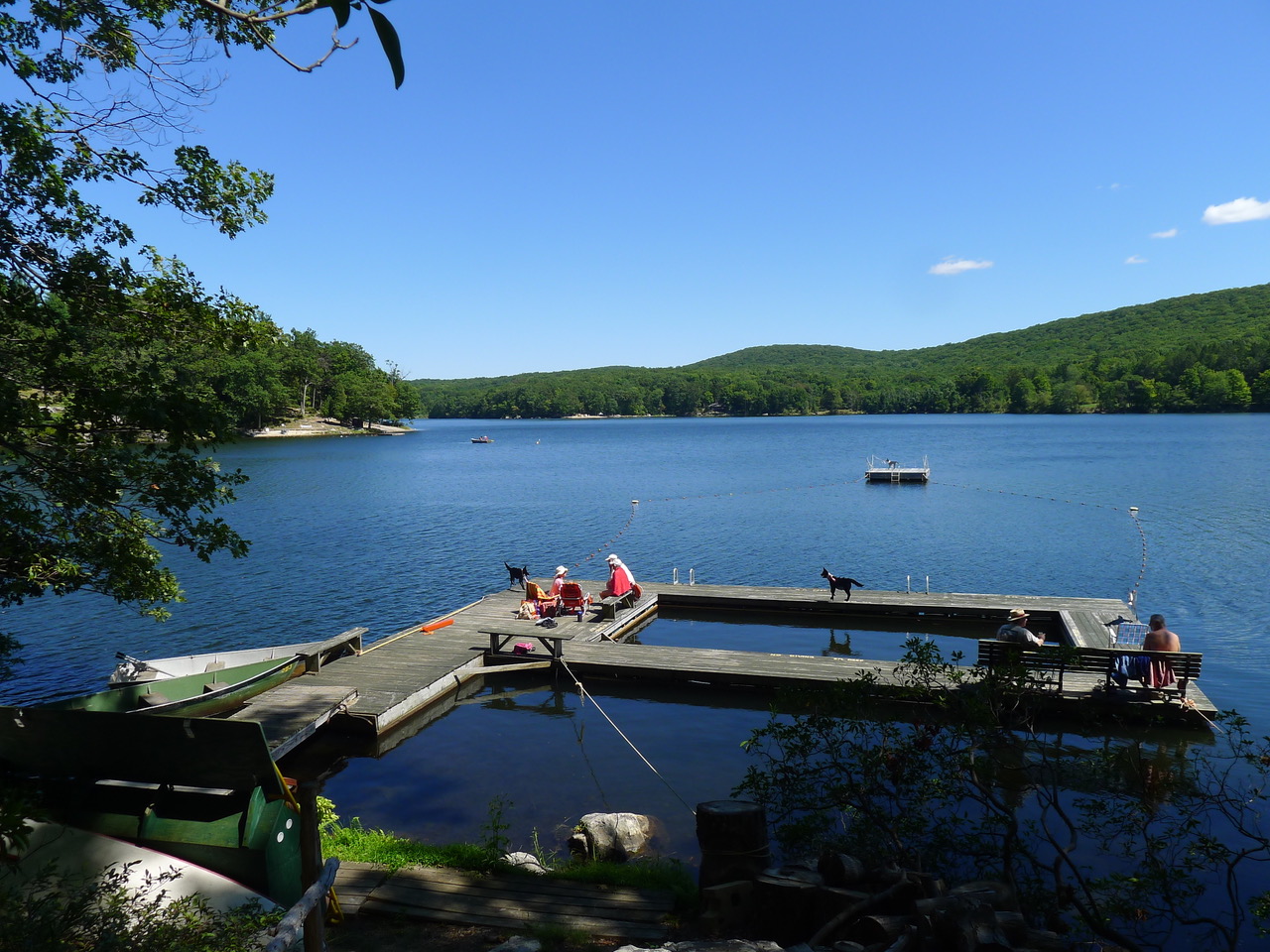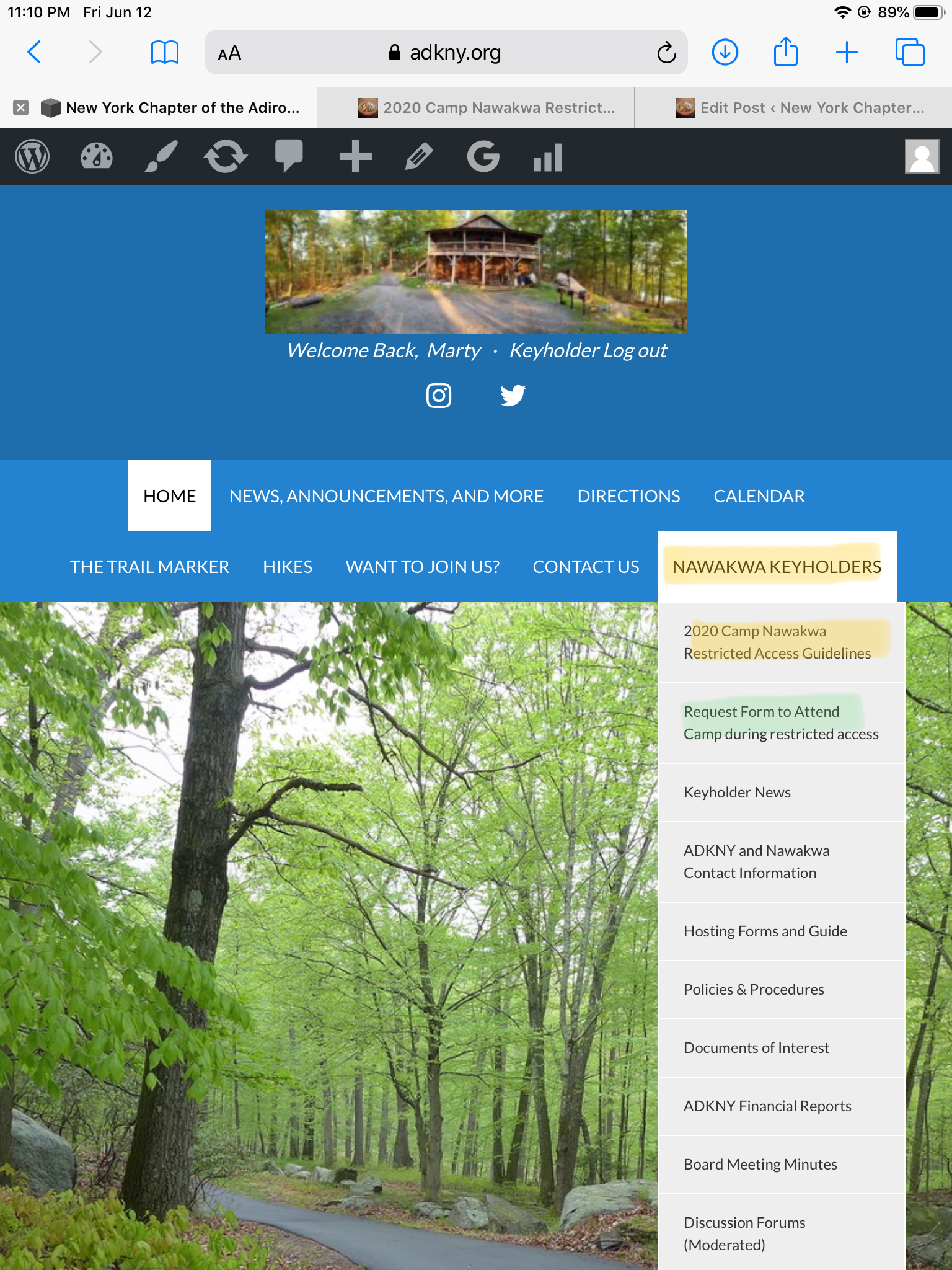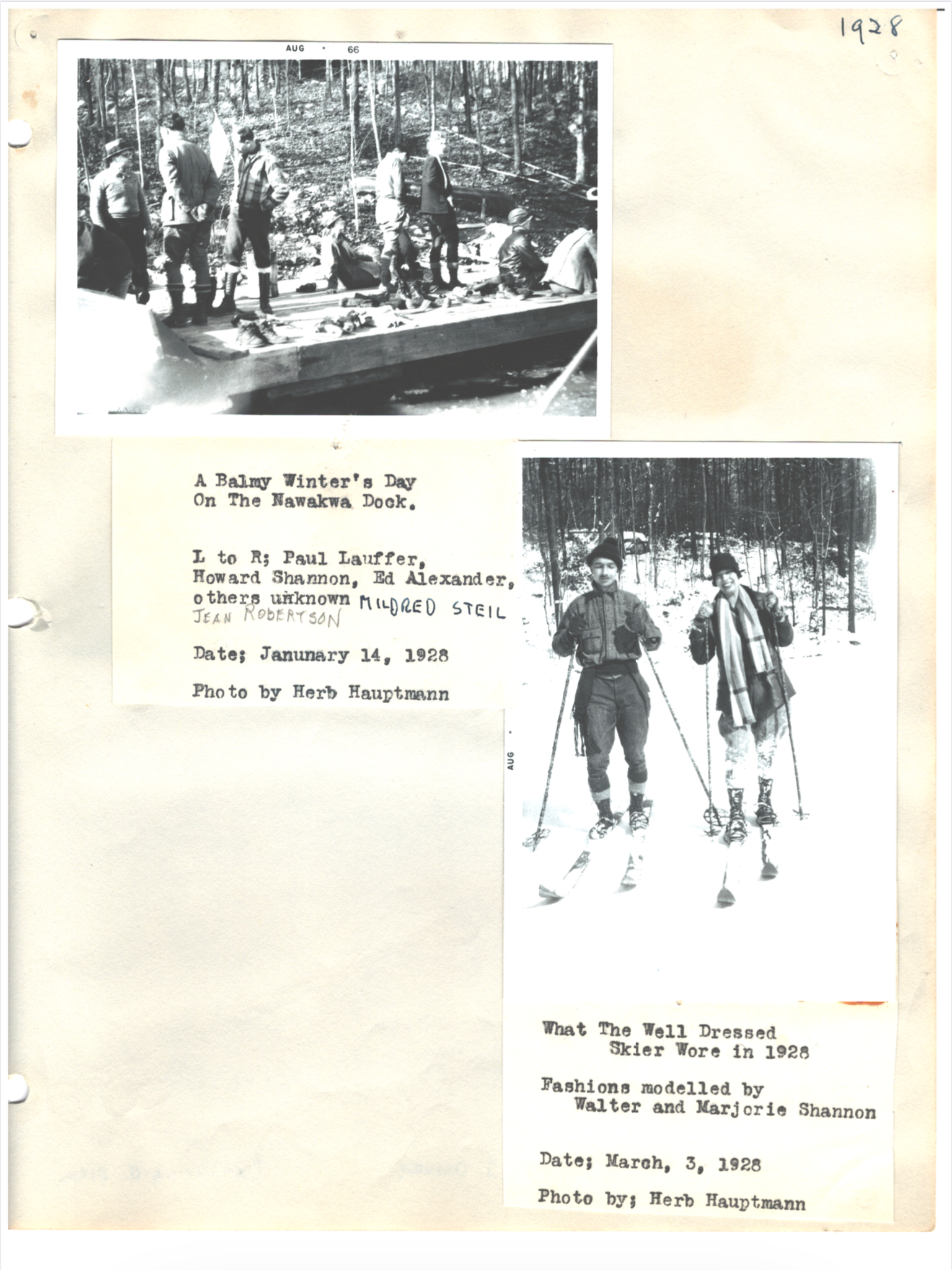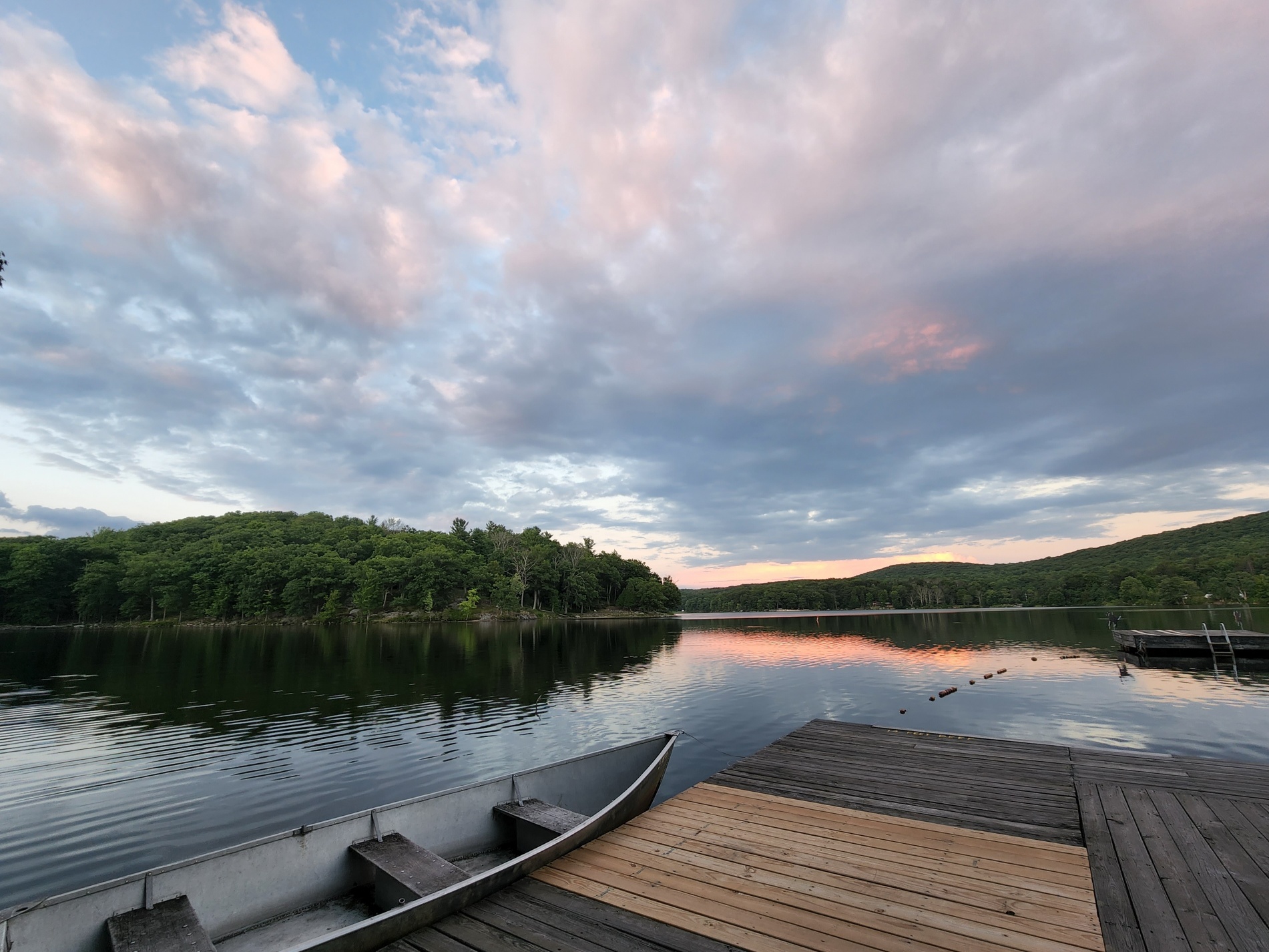As the warm weather approaches, keyholders need to know that there is no swimming until the swim dock is in place.
The Park will not allow swimming until the safety ropes are in place. Don will be in camp Saturday afternoon and is hoping there will be enough hands to help set everything up.
Until then, no swimming please.




